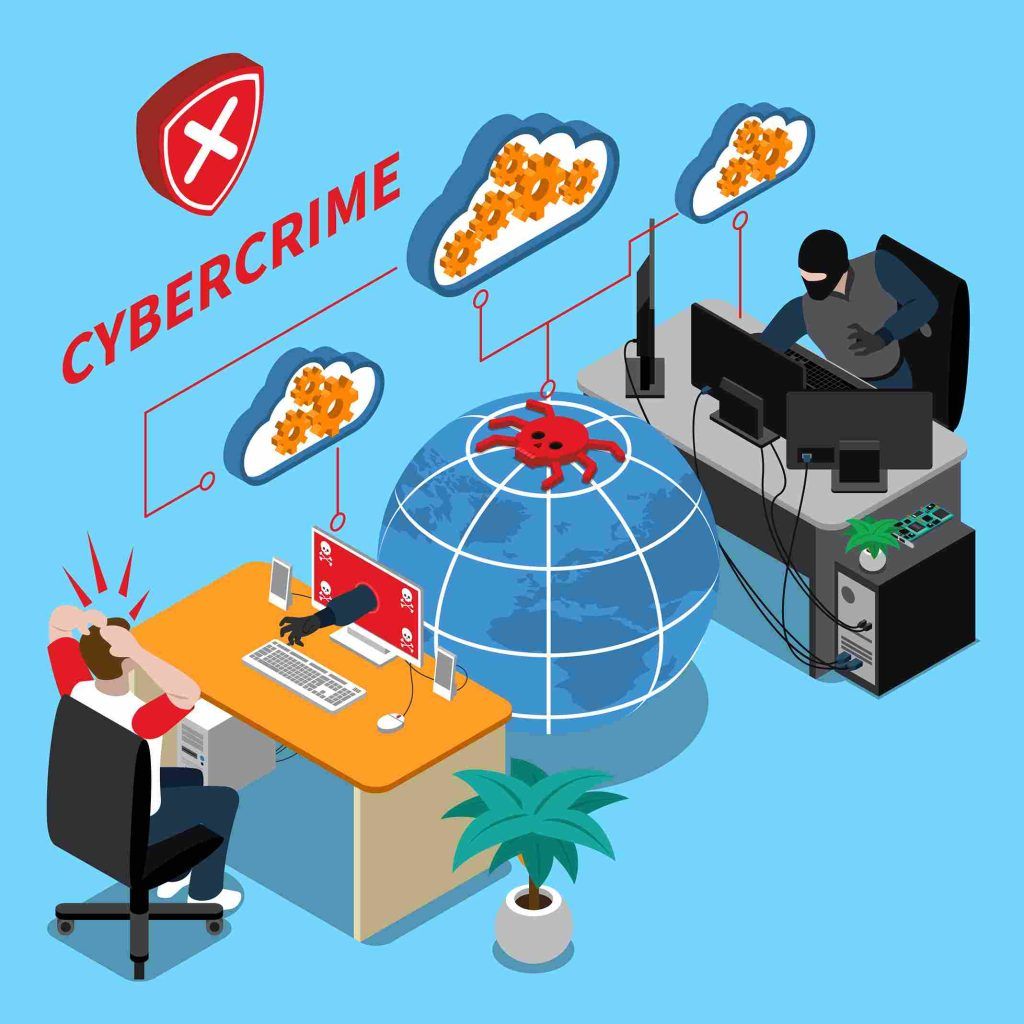Schools and colleges store huge amounts of sensitive data that makes them prime targets for cyber attacks.
In 2021 alone, 771 institutions suffered data breaches exposing nearly 2.6 million records. Ransomware attacks disrupted classes at over 50 schools.
These alarming numbers show the urgent need for schools and colleges to make cybersecurity a top priority.
This article explains why cybersecurity needs to be a key focus in 2023 for all K-12 schools, districts, and higher education organizations.
Table of Contents
Oceans of Sensitive Data
Schools collect and store massive amounts of personal and private information including:
- Student records – Names, ID numbers, grades, attendance, performance data, health/disability information, social security numbers etc. This data tracks student progress and needs.
- Staff/faculty information – Personal details, employment history, payroll records, social security numbers, health plan data, disciplinary records etc. HR departments store extensive profiles.
- Institution data – Financial statements, strategic plans, proprietary research, intellectual property like patents, academic initiatives etc. This provides a competitive edge.
- Login credentials – Usernames, passwords, API keys granting access to critical systems and portals. Their compromise allows deep system access.
Such sensitive data falling into the wrong hands can violate federal and state privacy laws, lead to heavy fines, and result in lawsuits.
New Doors for Hackers

Several technology changes have greatly increased cyber risks for schools and colleges:
- Digitized records – Student performance data, faculty information, alumni records now reside across old databases, cloud apps like G Suite or Office 365, and vulnerable staff/student devices. More scattered environments benefit hackers.
- More connected devices – Huge growth in 1:1 student device programs and bring-your-own-device (BYOD) policies have expanded attack surfaces. Unsecured devices are easy targets.
- Cloud adoption – Fast migration to public cloud platforms and SaaS apps like Canvas reduces visibility into data security while creating misconfigured resources.
- Lean IT teams – Limited in-house personnel and cybersecurity expertise to implement best practices or combat increasingly advanced threats. Overreliance on existing staff leads to oversight.
Without adapting defenses, these trends multiply the vulnerabilities of schools and colleges manifold.
How Academia is Targeted
Cybercriminals actively use the following methods to target the education sector:
Phishing Scams
Deceptive phishing emails and texts tricking faculty/staff to share passwords or click infected links remain a common infiltration method. Lack of user education makes schools easy victims.
Ransomware Attacks
Malicious software like Ryuk, Conti or Maze allow unauthorized remote access for data theft or encryption. Disruptive ransomware attacks have surged in schools.
DDoS Attacks
Distributed denial of service (DDoS) attacks overwhelm school websites or apps by flooding them with junk traffic. They disrupt student admissions and enrollment.
Insider Threats
Staff or students misusing privileged access to view unauthorized records, alter data, or steal IP is an inherent risk.
Unsecured Endpoints/Networks
Devices connecting to unencrypted WiFi or running outdated software with known vulnerabilities significantly increase breach risks.
High Impact of Attacks

Successful cyber attacks inflict severe short and long-term harm on schools and colleges:
Financial Loss
Remediating compromised systems, legal expenses, fines, and ransomware payments average around $1.6 million per university breach. K-12 districts also incur heavy costs.
Reputation Damage
Data breaches erode trust among parents, students, staff in the institution’s ability to protect their data. This can hurt admissions and retention.
Legal Penalties
Violating state/federal privacy laws due to compromised data can result in hefty fines. At least 40 US states now have strict student privacy laws.
Learning Disruption
Ransomware attacks crippling on-premise/cloud systems like Canvas force class cancellations. Student records access also gets disrupted.
Intellectual Property Theft
Breaches exposing proprietary research, trade secrets or patents cause loss of competitive edge and revenue. Grants may be denied due to poor security.
Proactive cybersecurity avoids these heavy recovery costs down the road.
Steps to Strengthen Defenses
Here are best practices school IT teams can implement to boost cybersecurity:
Conduct Security Audits and Risk Analysis
Get unbiased external experts to audit the cybersecurity posture including infrastructure, policies, and processes annually. Identify critical gaps and prioritize fixing them.
Increase Cybersecurity Awareness
Educate all stakeholders from leadership to students on cyber risks through training and simulated phishing drills. Update skills to combat evolving threats.
Develop Incident Response Plans
Define procedures for revoking access, isolating systems, communications, reporting and user support in response to attacks. Test plans regularly. Engage IT disaster recovery partners.
Control Access and Encrypt Data
Classify data sensitivity. Restrict access through policies and multi-factor authentication. Encrypt data in line with classification levels.
Strengthen Network Perimeter
Implement next-generation firewalls, web application firewalls, intrusion prevention systems that are constantly updated. Perform regular penetration testing.
Monitor Activity with SIEM
Deploy security information and event management (SIEM) tools that aggregate and analyze activity across systems/networks to quickly spot anomalies.
Backup Critical Systems
Maintain recent backups of databases, authentication systems, public apps offline. Test restoration to guarantee availability.
Seek Managed Security Services
Augment in-house expertise with managed security service providers (MSSPs) offering 24/7 threat detection/response backed by proven frameworks.
Make Security a Priority
Cyber attacks on schools and colleges continue to rise with far-reaching impacts. Adopting appropriate prevention, detection, and response measures is now essential.
Beyond the IT department, cyber risks and duties must spread across the institution’s culture. Leadership needs to fund and drive broad awareness and training initiatives.
With help from expert MSPs, educational organizations can implement robust, enterprise-grade cybersecurity to match their growing digital footprint.
The time to strengthen defenses is now – before the next inevitable attack. Safeguarding student futures starts with cyber preparedness.
